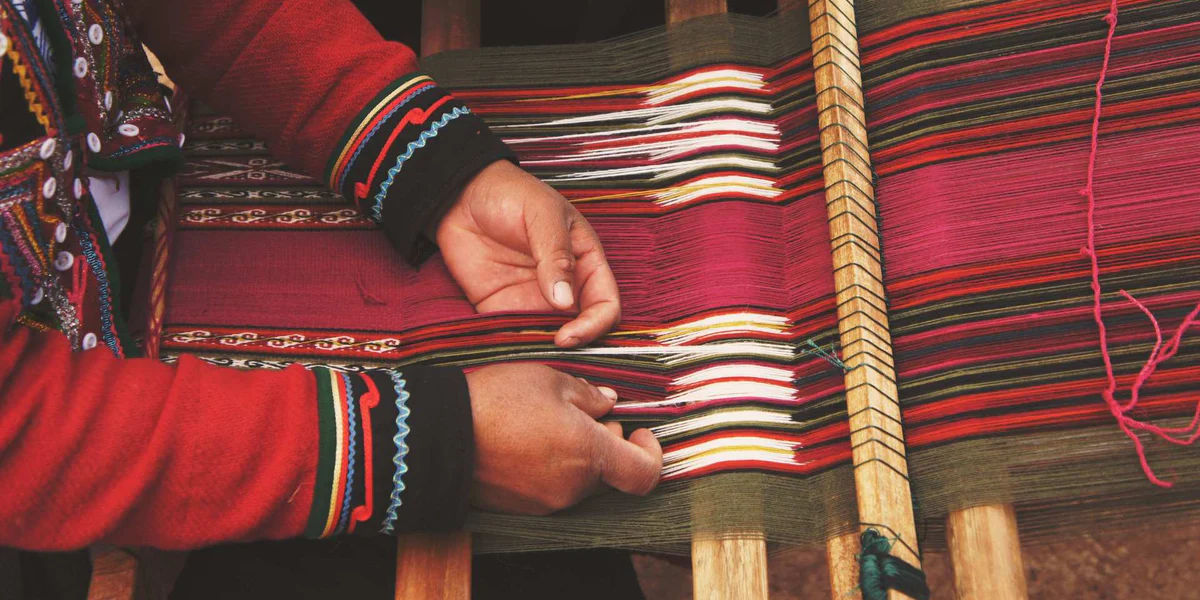Traditional Weaving in Mangalore: A Dying Craft

Hire Arrive
Travel
11 months ago

Mangalore, a coastal city in Karnataka, India, boasts a rich tapestry of culture, history, and tradition. Woven intricately into this fabric is its unique weaving heritage, a craft that is now facing an uncertain future. For generations, Mangalorean families have practiced traditional weaving, creating exquisite fabrics with distinct patterns and techniques, but this age-old skill is slowly fading, threatened by the onslaught of mass-produced textiles and the lack of interest from younger generations.
The traditional weaving of Mangalore primarily revolves around cotton, silk, and a unique blend of both. The intricate designs, often featuring geometric patterns, floral motifs, and depictions of local flora and fauna, are passed down through families, representing a unique visual language. The "Kasuti" embroidery, a highly skilled form of needlework, is often incorporated into these fabrics, adding another layer of complexity and beauty. These fabrics were once integral to Mangalorean life, used for clothing, household items like bedspreads and curtains, and even sacred rituals. The vibrant colours, often achieved using natural dyes extracted from plants and minerals, further contribute to their unique appeal.
However, the challenges facing traditional Mangalorean weaving are numerous and complex. The most significant is the competition from mass-produced, cheaper fabrics readily available in the market. These factory-made textiles, while lacking the artistic finesse and durability of handwoven fabrics, are significantly more affordable, making them a more attractive option for most consumers. This price difference is a major deterrent, rendering the efforts of traditional weavers economically unsustainable.
Furthermore, the younger generation shows little interest in learning the intricate art of weaving. The long hours of meticulous work, the lack of immediate financial rewards, and the perceived lack of social status associated with the craft contribute to this disinterest. Many young people are opting for more lucrative and less labor-intensive professions, leaving the traditional skills to dwindle with the older generation.
The lack of government support and awareness further exacerbates the situation. While some initiatives exist to promote traditional crafts, they often lack the scale and impact needed to make a significant difference. The lack of marketing and branding efforts also limits the reach of these handwoven fabrics to a wider audience. Without adequate support in terms of marketing, fair pricing, and skills development, the craft is destined to fade into obscurity.
Preserving Mangalore's traditional weaving is not merely about safeguarding a craft; it's about preserving a cultural heritage. These fabrics are more than just textiles; they are repositories of knowledge, artistry, and tradition. To prevent its complete demise, a multi-pronged approach is necessary. This includes providing financial support to weavers, promoting awareness through marketing and educational initiatives, and integrating traditional weaving into the curriculum of educational institutions. Moreover, fostering a sense of pride and appreciation for this unique art form among younger generations is crucial. Only through a concerted effort to revitalize and support this craft can we hope to preserve a valuable part of Mangalore's rich cultural heritage for future generations.